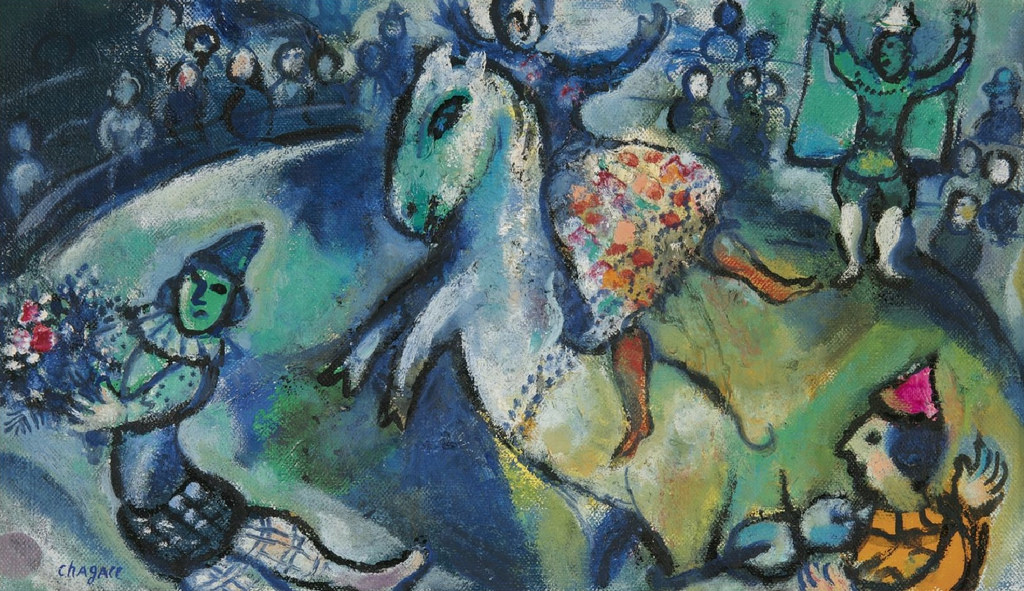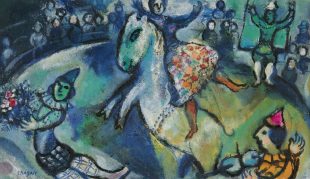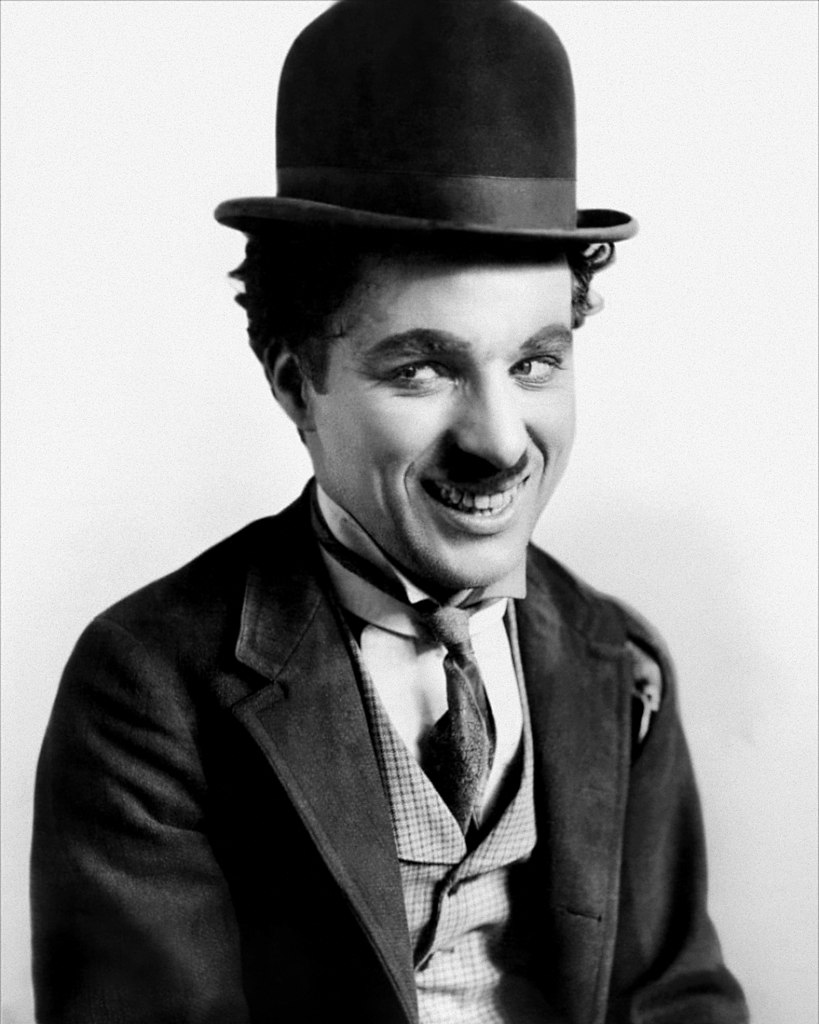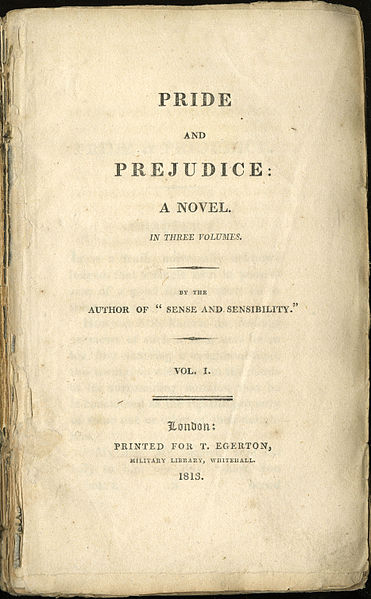
Chagall in Seoul
From May 28th to August 18th, the M Contemporary Museum, in Seoul, holds a special exhibition. Chagall is a project that assembles Marc Chagall’s artwork. The exhibition is divided into five different sections: Dreams, Fables, Religion, which includes Bible related artwork, War and Exodus, which combines Chagall’s famous illustrations, The Path of Poetry, a part dedicated to the artist’s most famous paintings, and Love, a section about Chagall’s sentimental life. Moreover, in the section called The Atelier of Print, visitors can try various artistic techniques just as in a real studio.
Born in 1887, Belarus, and died in 1985, France, Marc Chagall was a painter, print-maker, and designer. Raised in a Jewish family, he grew up with eight other siblings. From 1907 to 1910, he studied in Saint Petersburg, at the Imperial Society for the Protection of the Arts, and later with Léon Bakst. In 1910 he moved to Paris, where he associated with Guillaume Apollinaire and Robert Delaunay and encountered Fauvism and Cubism.
His first solo show was held in 1914, Berlin. In the same year, Chagall visited Vitebsk, Russia, where later was appointed Commissar for Art. He founded the Vitebsk Popular Art School and directed it until 1920. Then he moved to Moscow where he executed his first stage designs for the State Jewish Chamber Theater. His first retrospective took place in 1924 at the Galerie Barbazanges-Hodebert, Paris. During the 1930s he traveled to Palestine, the Netherlands, Spain, Poland, and Italy. In 1933 the Kunsthalle Basel held a major retrospective of his work. During World War II Chagall fled to the United States. The Museum of Modern Art, New York, gave him a retrospective in 1946. He settled permanently in France in 1948 and exhibited in Paris, Amsterdam, and London.
The artist composed his images based on emotional and poetic associations, rather than on rules of pictorial logic. His works in various media include sets for plays and ballets, etchings illustrating the Bible, and stained-glass windows. Throughout his 75-year career, during which he produced an astounding 10,000 works, Chagall continued to incorporate figurative and narrative elements (however enigmatic) into his paintings. His warm, human pictorial universe sets him apart from much of 20th-century art, with its intellectual deconstruction of objects and arid abstraction. Chagall’s works are steeped in his Jewish heritage, often including memories of his home in Vitebsk, Belarus and its folk culture. These subjects are the themes that Chagall always returns to. Some have argued that his painting style after the war was more subdued, melancholy, even hearkening back in time to post-Impressionism. However, his work was entirely, uniquely his own. Chagall, throughout his career, incorporated elements from various schools of modern art, including Cubism, Fauvism, Symbolism, Surrealism, Orphism and Futurism.
“Despite all the troubles of our world, in my heart I have never given up on the love in which I was brought up or on man’s hope in love. In life, just as on the artist’s palette, there is but one single colour that gives meaning to life and art–the colour of love.”
Chagall’s artwork was influenced by the love story with his wife, Bella Rosenfeld. They met in 1909, Saint Petersburg, when Bella was a 19-years-old. She swiftly became Marc’s muse and continued to visit his canvases for the rest of his life. They married in 1915 and had a daughter, Ida, the following year.
Bella was the subject of many of Chagall’s paintings. For instance, in the painting The Birthday (1915), love lifts them up so their feet scarcely touch the ground. Sweeping down like a comet, or an angel, he bends over backwards to kiss her. This was a vision of wild and sensual love, but also of transcendent adoration. The shawl-draped room is a kind of shrine. Chagall wrote about Bella: “I had only to open my window and blue air, love and flowers entered in with her.”
After she died in 1944, Chagall did not paint for nine months. Instead, he finished a book she had started before about their hometown. Though he would have had other loves after her, he always returned to Bella when it came to his thoughts and work. She was the thing that artists will stay loyal to above all else: ‘a muse’.







